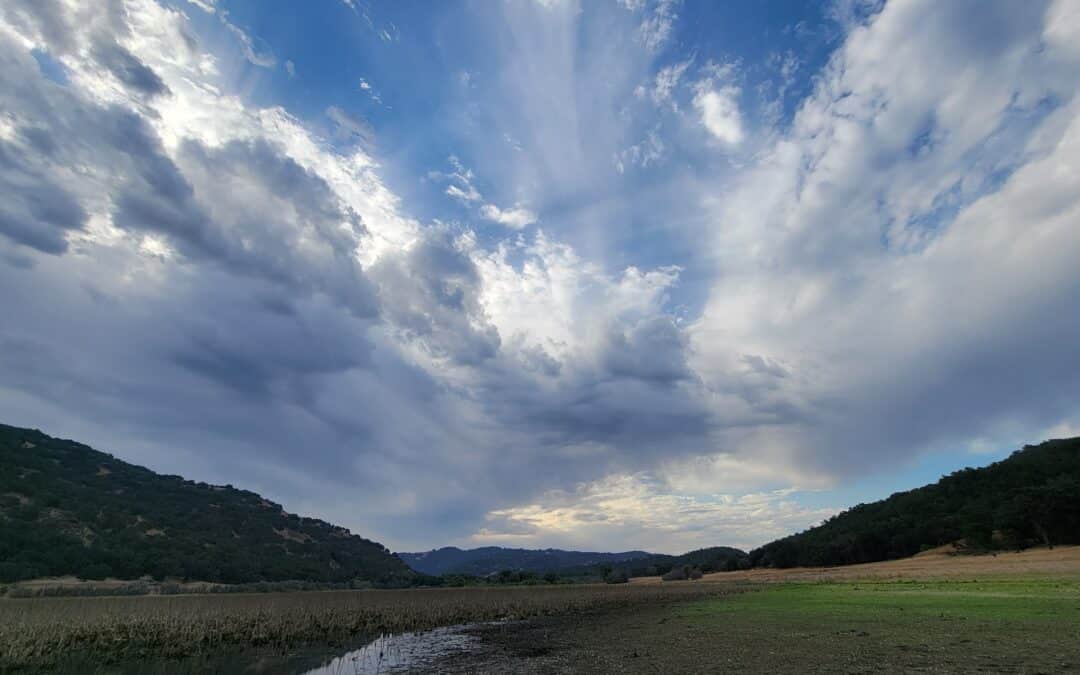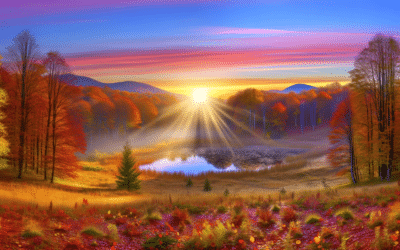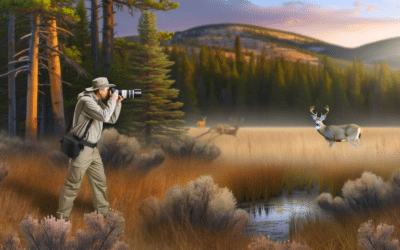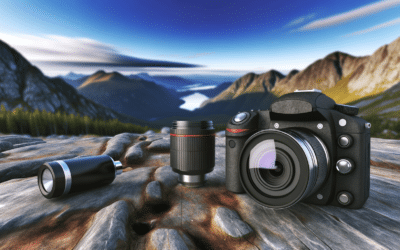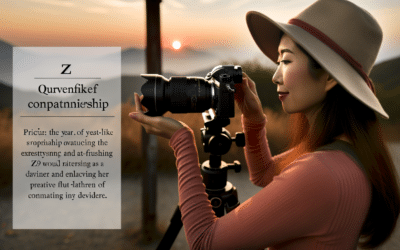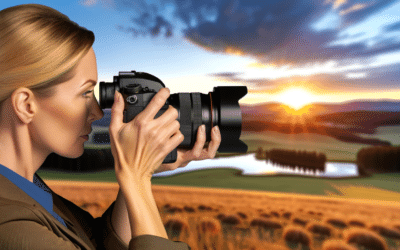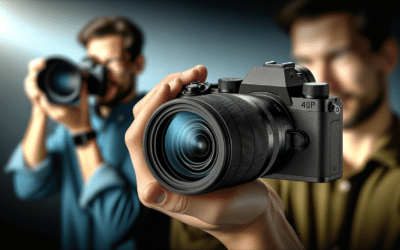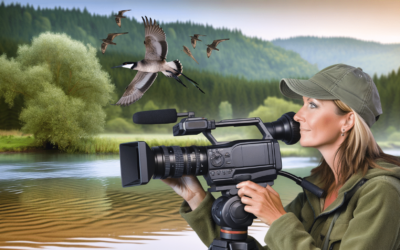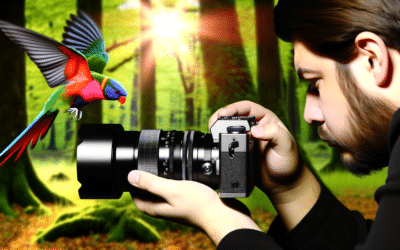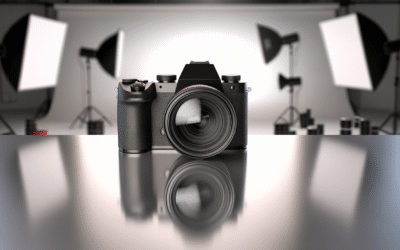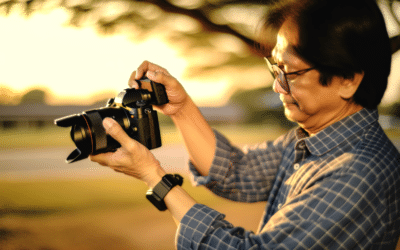If you’re just starting out in landscape photography, here are seven tips to help you get the most out of your camera and capture stunning landscapes.
1. Scout your location: Use tools like Google Maps or apps like PhotoPills to find interesting locations and determine the best time to shoot. You can also use these tools to plan your composition and find the best vantage point for your shot.
2. Pay attention to the light: Light is one of the most important factors in landscape photography. The best light for landscape photography is often found during the golden hour, which is the hour after sunrise and the hour before sunset. During this time, the light is soft and warm, creating beautiful colors and shadows. Be aware of the direction of the light, as it can create interesting patterns and textures.
3. Use a tripod: A sturdy tripod is essential for landscape photography. It allows you to take longer exposures and keeps your camera steady. This is especially important if you’re shooting in low light conditions. A tripod also allows you to fine-tune your composition without having to hold your camera steady.
4. Experiment with depth of field: Depth of field is the range of distance that appears sharp in your photo. In landscape photography, you may want everything in focus from the foreground to the background. This requires a deep depth of field, which means using a small aperture (higher f-stop number). Experiment with different apertures to find the best depth of field for your shot.
5. Use a polarizing filter: A polarizing filter is a great tool for landscape photography. It helps reduce glare and reflections, and can also enhance the colors in your photo. It’s especially useful when shooting near water or in bright sunlight.
6. Shoot in RAW: Shooting in RAW format gives you more control over your final image. RAW files contain more information and allow you to make adjustments to exposure, color, and contrast without losing quality. This is especially important in landscape photography, where the colors and tones are a crucial part of the composition.
7. Don’t forget about the foreground: The foreground is an important element in landscape photography. It can add depth and interest to your photo. Look for interesting foreground elements, such as rocks, flowers, or other natural elements. Use leading lines to draw the viewer’s eye through the image.
By using these seven tips, you can elevate your landscape photography skills and capture stunning images that showcase the beauty of nature. Remember to experiment and have fun with your photography, and you’ll be sure to capture some amazing shots.
Fall Foliage Photography Tips
The allure of the fall season draws numerous photographers to the world's most picturesque spots. Capturing the autumnal...
Hunting with a camera: 12 tips to take your wildlife photography to the next level
Wildlife photography is a hobby that requires significant dedication due to its complexity. Those who wish to excel in this...
OM System OM-1 review
The OM System OM-1 is a high-end Micro Four Thirds mirrorless camera that marks a new era for the company formerly known as...
One Year With the Nikon Z9
After spending a year within the confines of a camera bag, it's appropriate to reflect on the inaugural year with a camera that...
FujiFILM X-H2 Review
The Fujifilm X-H2 is a professional-grade APS-C camera that boasts a high-resolution 40.2MP sensor, producing detailed images...
Fujifilm X-H2 in-depth review
The Fujifilm X-H2 is a 40MP APS-C mirrorless camera that excels in both still photography and video recording, offering 8K video...
6 Essential Tips for Shooting Video of Wildlife
Wildlife videography is increasingly popular, and there are key tips for beginners to create engaging stories. A compelling...
As Good as a $6,000 Camera? OM System OM1 Review Update
The OM System OM1 camera has received significant improvements through firmware updates, the latest being version 1.3, which...
Sony A7R V Review
Review of the Sony A7R V: Shooting Experience Originally previewed by Jeremy Gray on 10/26/2022, the Sony A7R V has since been...
Sony a7RV in-depth review
The Sony a7R V is a full-frame mirrorless camera that stands out for its high-resolution 60MP BSI CMOS sensor. It boasts...
Canon EOS R6 MK II Review
Less than three years ago, Canon launched its first two truly impressive full-frame mirrorless cameras – the 45MP Canon EOS R5...
Putting the New Canon R6 Mark II Through Its Paces
The Canon EOS R6 Mark II mirrorless camera stands out for its performance in low light and high-speed situations, as experienced...
